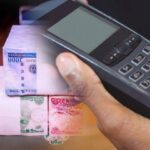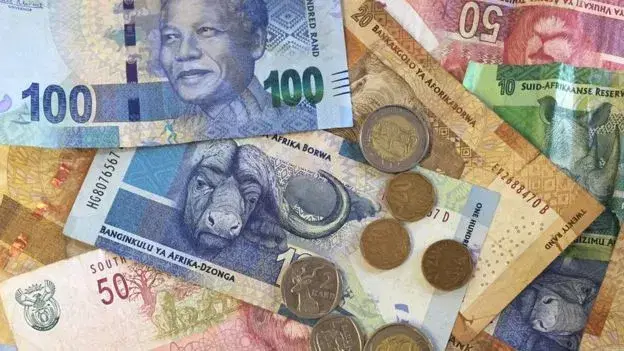Africa has a wide range of currencies across its countries, each with its own history and reasons for being one of the strongest in the world.
Despite facing challenges, some African currencies have managed to hold their value against the US dollar.
Let’s take a look at the top 10 strongest African currencies and what makes them stand out.
Tunisian Dinar (1 USD = DT 3.04)
Even though Tunisia has faced some economic issues, the Tunisian Dinar remains strong. The country’s strict trade rules and cautious financial policies have helped keep its value steady.
Libyan Dinar (1 USD = LD 4.74)
Libya’s currency, known as the Libyan Dinar, has a deep history. Before Libya’s independence, various currencies like the Algerian franc and Italian lira were used. Since 1971, the Libyan Dinar has been the official currency and continues to be one of Africa’s strongest.
Moroccan Dirham (1 USD = MAD 9.74)
Morocco has tied its currency mostly to the Euro, benefiting from its close trade ties with Europe. The Dirham has been around since 1960 and has Greek roots, originally coming from the ancient “drachma.”
Botswana Pula (1 USD = P 13.18)
Botswana’s Pula, meaning “blessing” or “rain,” reflects the country’s political stability and strong economy. Introduced in 1976, the Pula quickly became one of the strongest currencies in sub-Saharan Africa.
Seychellois Rupee (1 USD = SR 13.10)
The Seychellois Rupee has stayed strong due to Seychelles’ small population and thriving luxury tourism industry. Managed by the Central Bank of Seychelles, this currency has remained stable since it was introduced in 1914.
Eritrean Nakfa (1 USD = NFK 15.00)
Eritrea’s Nakfa is set at a fixed rate of 15 Nakfa to 1 US dollar. This stable exchange rate helps prevent the currency from losing value, making it one of the strongest in Africa.
Ghanaian Cedi (1 USD = GH 15.79)
The Ghanaian Cedi is the strongest currency in West Africa. It reflects Ghana’s stable government and growing economy. Despite some inflation, the Cedi remains one of the most valuable currencies in Africa.
South African Rand (1 USD = R 17.39)
South Africa’s Rand is heavily influenced by the country’s role as a top gold producer. Introduced in 1961, the Rand takes its name from the Witwatersrand region, known for its gold deposits.
Zambian Kwacha (1 USD = ZK 26.16)
Zambia’s Kwacha depends largely on copper prices, as the country is the top copper producer in Africa. The name “Kwacha” means “dawn,” marking Zambia’s independence and the start of its own currency in 1964.
Egyptian Pound (1 USD = E£ 48.37)
The Egyptian Pound has been in use since 1834. Over the years, it has been tied to several foreign currencies, but since 2016, it’s been floated as part of an agreement with the International Monetary Fund (IMF).
Don’t Miss The Opportunity Awaiting You. Click the link below 👇
https://faikudoka.net/4/5193489
Please don’t forget to “Allow the notification” so you will be the first to get our gist when we publish it.
Drop your comment in the section below, and don’t forget to share the post.
Never Miss A Single News Or Gists, Kindly Join Us On WhatsApp Channel:
https://whatsapp.com/channel/0029Vad8g81Eawdsio6INn3B
Telegram Channel:
https://t.me/gistsmateNG










